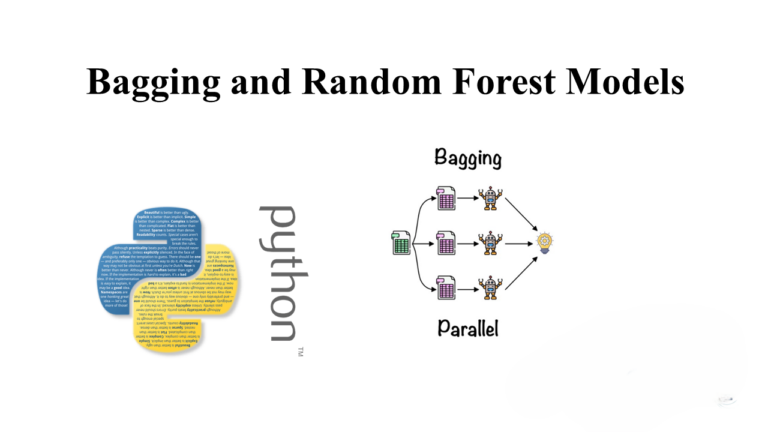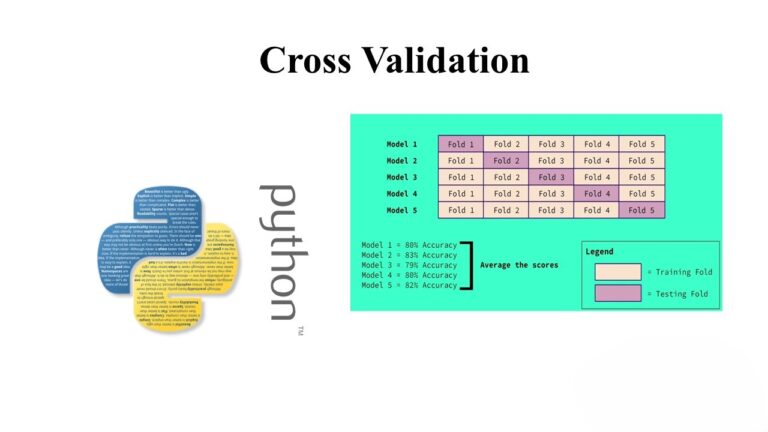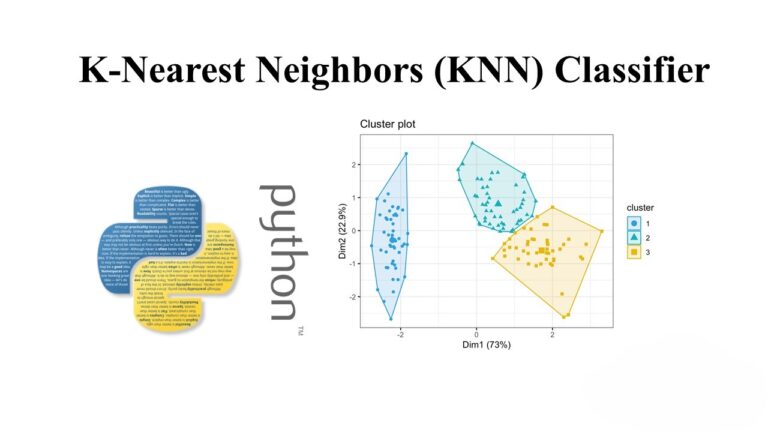Predicting Website Traffic with Multiple Linear Regression: A Step-by-Step Guide
Introduction:
In today’s digital age, understanding website traffic is crucial for businesses and website owners. In
this blog post, we’ll explore how to build a multiple linear regression model to predict website traffic
based on various factors like marketing spend, social media activity, and SEO efforts.
Step 1: Collect and Prepare the Dataset:
To begin, you need a dataset that includes historical data on website traffic and the factors that may
influence it. We’ll use a CSV file format to store and manage our data.
Collecting the Dataset:
Our dataset comprises four primary columns: “Days,” “Marketing Spend,” “Media Activity,” and
“SEO Efforts.” Each column represents a critical factor that could impact website traffic. “Days”
represent the number of days since the start of the data collection period, while “Marketing Spend”
denotes the amount invested in marketing campaigns. “Media Activity” quantifies the level of activity
on social media platforms, and “SEO Efforts” reflects the efforts made to optimize search engine
rankings.
Sample Dataset:
days
marketing_spen
d
media_activit
y
seo_effort
s
1 2512 266 10
2 4103 795 5
3 2112 776 7
4 2439 400 6
5 2835 102 1
6 3744 806 8
7 2522 872 6
8 3747 360 3
9 3517 115 3
10 4816 871 9
Step 2: Exploratory Data Analysis (EDA):
Before diving into modeling, it’s essential to understand your data. In this step, we’ll load and explore
the dataset using Python and Pandas to gain insights into the variables and their relationships.
Exploratory Data Analysis allows us to get a feel for the data we’re working with. We check data
types to ensure they are appropriate (e.g., numeric for numerical variables, categorical for categorical
ones). Summary statistics help us understand the distribution and variability of our variables.
Visualizations such as histograms, scatterplots, and boxplots provide insights into data patterns and
potential outliers.
import pandas as pd
Load the dataset data = pd.read_csv(“website_traffic_data.csv”)
Step 3: Data Preprocessing:
Data preprocessing is critical for building an accurate model. This step includes handling missing
data, encoding categorical variables, and splitting the data into training and testing sets.
Data preprocessing involves cleaning and organizing the data to make it suitable for modeling. We
handle missing data by either removing or imputing missing values. Categorical variables need to be
encoded into numerical format for our model to work. Finally, we split the data into a training set
(used for model training) and a testing set (used for evaluation) to assess model performance.
Step 4: Build and Train the Multiple Linear Regression Model:
Now, we’re ready to create and train our regression model. We’ve been discussing multiple linear
regression, which is well-suited for predicting continuous numerical outcomes, such as website traffic
in our case. However, it’s important to note that in some scenarios, we may want to predict binary
outcomes, such as whether a user will make a purchase (yes/no) or whether an email is spam or not
(spam/ham). For these cases, we turn to logistic regression.
Logistic Regression Explanation:
Logistic regression is a statistical technique used for binary classification problems. Instead of
predicting a continuous value, it estimates the probability of an event occurring. In our context, it
would assess the likelihood of a user taking a specific action on a website. Logistic regression models
the relationship between the independent variables and the probability of the binary outcome using the
logistic function, which ensures that the predicted probabilities are between 0 and 1.
Choosing Between Linear and Logistic Regression:
The choice between linear and logistic regression depends on the nature of your dependent variable. If
you’re dealing with a continuous outcome, as we are with website traffic prediction, multiple linear
regression is appropriate. However, when dealing with binary outcomes or probabilities, logistic
regression is the preferred tool. It’s essential to select the right modeling technique to ensure the
accuracy and interpretability of your results.
In this blog post, we’re focused on multiple linear regression for predicting website traffic. However,
keep in mind that logistic regression is a powerful tool for addressing different types of classification
problems in data science and machine learning.
Back to Building Our Model:
Returning to our task at hand, we’ll proceed with building and training our multiple linear regression
model to predict website traffic based on the factors we’ve identified. This step allows us to make
predictions about website traffic levels and understand how various factors interact in influencing
these predictions. With the fundamentals of linear regression clarified, we’ll continue with the model
building process.
By incorporating this explanation of logistic regression, your blog post provides readers with a
broader understanding of regression techniques and their applications in different scenarios. You can
further elaborate on logistic regression if it aligns with the theme of your blog post or if your audience
is interested in both linear and logistic regression.
from sklearn.linear_model
import LinearRegression from sklearn.model_selection
import train_test_split
Define independent and dependent variables
X = data[[‘Marketing Spend’, ‘Social Media Activity’, ‘SEO Efforts’]] y = data[‘Website Traffic’]
Split data into training and testing sets
X_train, X_test, y_train, y_test = train_test_split(X, y, test_size=0.2, random_state=42)
Create and train the model model = LinearRegression()
model.fit(X_train, y_train)
Step 5: Evaluate the Model:
To assess the model’s performance, we’ll calculate metrics like Mean Squared Error (MSE) and R-
squared (R2) using the testing data.
Model evaluation helps us understand how well our model is performing. Mean Squared Error
(MSE) measures the average squared difference between predicted and actual values, with lower
values indicating better performance. R-squared (R2) quantifies the proportion of variance in the
dependent variable explained by the model, with higher values indicating a better fit.
from sklearn.metrics
import mean_squared_error,
r2_score
Make predictions on the test data
y_pred = model.predict(X_test)
Calculate performance metrics
mse = mean_squared_error(y_test, y_pred)
r2 = r2_score(y_test, y_pred)
Step 6: Visualize the Results:
Visualization helps us understand how well our model predicts website traffic. We’ll create
scatterplots to compare actual versus predicted traffic.
import matplotlib.pyplot as plt
Visualization: Scatterplot of Actual vs Predicted
Website Traffic plt.scatter(y_test, y_pred)
plt.xlabel(“Actual Website Traffic”)
plt.ylabel(“Predicted Website Traffic”)
plt.title(“Actual vs. Predicted Website Traffic”)
plt.show()
Conclusion:
In this blog post, we’ve walked through the process of building a multiple linear regression model to
predict website traffic. By collecting and preparing the dataset, performing exploratory data analysis,
preprocessing the data, building and training the model, and evaluating its performance, we can make
informed predictions about website traffic based on various influencing factors.







